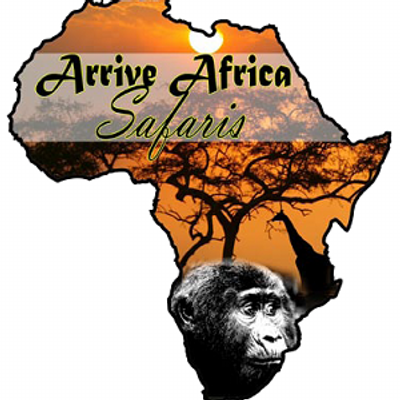Exploring the Habitat, Behavior, and Conservation of Cercopithecus kandti
he Enigmatic Charm of the Golden Monkey: A Fascinating Primate Species
Introduction:
In the lush, mist-covered forests of the remote highlands in Central Africa, a captivating creature roams gracefully through the treetops. With its radiant golden fur and striking appearance, the Golden Monkey (Cercopithecus kandti) is a primate species that has captivated the hearts of researchers, conservationists, and wildlife enthusiasts alike. This article delves into the fascinating world of the Golden Monkey, shedding light on its characteristics, habitat, behavior, and conservation status.
Appearance and Unique Features:
Golden Monkeys are small to medium-sized primates, typically measuring around 40 to 70 centimeters in length, with males weighing up to 13 kilograms and females slightly smaller. What truly sets them apart is their vibrant golden-orange fur, contrasting sharply against their black limbs, face, and tail. This distinctive coloration, combined with their expressive facial features and alert eyes, renders them truly mesmerizing to behold.
Habitat and Range:
Endemic to the mountainous bamboo forests of Central Africa, Golden Monkeys are primarily found in the Virunga Mountains, which span across the borders of Rwanda, Uganda, and the Democratic Republic of Congo. These montane forests, characterized by their cool temperatures and dense vegetation, provide the perfect sanctuary for these primates. They are highly adapted to their habitat, as their fur serves as excellent camouflage within the golden bamboo thickets.
Social Structure and Behavior:
Golden Monkeys are highly social animals, living in groups of up to 30 individuals, although groups of 10 to 20 are more common. These groups are led by a dominant male, who defends his territory and breeding rights. Female monkeys play a crucial role in maintaining social harmony and raising offspring, displaying remarkable cooperation and nurturing behavior.
These monkeys are primarily diurnal, meaning they are most active during daylight hours. They spend a significant amount of their time foraging for bamboo shoots, fruits, leaves, and flowers. Their nimble and acrobatic nature allows them to skillfully navigate the forest canopy, leaping from branch to branch with remarkable agility.
Conservation Status and Threats:
The conservation status of Golden Monkeys is currently listed as endangered by the International Union for Conservation of Nature (IUCN). Their population has been declining primarily due to habitat loss, resulting from deforestation and the expansion of agricultural activities. Human activities, such as logging and the encroachment of settlements, have severely fragmented their natural habitat, leading to smaller, isolated populations.
Efforts are underway to protect the remaining Golden Monkey populations. National parks and protected areas have been established to conserve their habitat, and initiatives have been implemented to raise awareness and promote responsible ecotourism. Conservation organizations are working closely with local communities to find sustainable solutions that balance the needs of both humans and wildlife.
The Magic of Encounter:
For those fortunate enough to witness these charismatic creatures in their natural habitat, the experience is nothing short of magical. Tracking through the mist-laden forests and catching a glimpse of a troop of Golden Monkeys gracefully leaping through the canopy is a memory that lingers forever. The chance to observe their intricate social interactions, playful behavior, and the sheer beauty of their golden coats is an extraordinary privilege.
Conclusion:
The Golden Monkey, with its ethereal appearance and captivating demeanor, is a primate species that embodies the enchantment of the natural world. As we strive to safeguard these remarkable creatures and their precious habitat, we preserve not only their place in the delicate web of life but also the wonder and diversity that make our planet so extraordinary.
